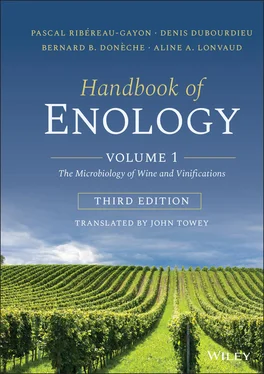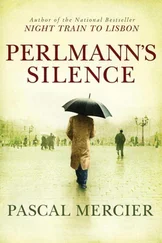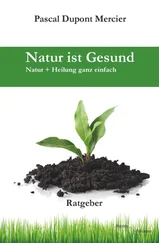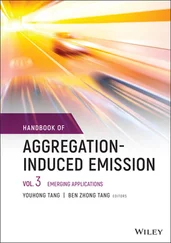K1 and K2 toxins attack sensitive cells by attaching themselves to a receptor located in the cell wall—a β ‐1,6‐glucan. Two chromosomal genes, KRE 1 and KRE 2 ( k iller re sistant), determine the possibility of this linkage. The KRE 1 gene produces a cell wall glycoprotein that has β ‐1,6‐glucan synthase activity. KRE 1 mutants are resistant to K1 and K2 toxins because they are deficient in this enzyme and devoid of a β ‐1,6‐glucan receptor. The KRE 2 gene is also involved in the fixation of toxins to the cell wall receptor; KRE 2 mutants are also resistant. The toxin linked to a glucan receptor is then transferred to a membrane receptor site by a mechanism requiring energy. Cells in the log phase are therefore more sensitive to the killer effect than cells in the stationary phase. When the plasma membrane of the sensitive cell is exposed to the toxin, it manifests serious functional alterations after a lag phase of about 40 minutes. Serious functional alterations include the interruption of the coupled transport of amino acids and protons, the acidification of the cell contents, and potassium and ATP leakage. The cell dies in two to three hours after contact with the toxin because of the above damage, due to the formation of pores in the plasma membrane.
The killer effect exerts itself exclusively on yeasts, and the pharmacological tests reported on killer toxins are negative.
1.7.3 The Role of the Killer Phenomenon in Winemaking
Depending on the authors and viticultural regions studied, the frequency of the killer character varies a lot among wild winemaking strains isolated on grapes or in fermenting grape must. In a work by Barre (1978) studying 908 wild strains, 504 manifested the K2 killer character, 299 were sensitive, and 95 neutral. Investigating the killer phenomenon among winemaking yeasts from French vineyards, Cuinier and Gros (1983) reported a high frequency (65–90%) of K2 strains in Mediterranean and Beaujolais vineyards, whereas none of the strains analyzed in the Touraine region manifested the killer effect. In the Bordeaux region, the K2 killer character is extremely widespread. Thus, in a study carried out in 1989 and 1990 on the ecology of native strains of S. cerevisiae in several tanks of red must in a Pessac‐Léognan vineyard, all of the isolated strains manifested K2 killer activity, i.e. about 30, differentiated by their karyotype (Frezier, 1992). Rossini et al . (1982) reported an extremely varied frequency (12–80%) of killer strains in spontaneous fermentations in Italian wineries. Some K2 killer strains were also isolated in the Southern Hemisphere (Australia, South Africa, and Brazil). On the other hand, most of the killer strains isolated in Japan presented the K1 characteristic, and K2 strains are the minority. The Klus characteristic was highlighted in wine yeasts isolated in Spain (Rodríguez‐Cousiño et al ., 2011). Most research on the killer character of wine yeasts concerns the species S. cerevisiae . Recent works have reported data on the killer effect of non‐ Saccharomyces species, which make up the great proportion of grape microflora. Killer strains of Hanseniaspora uvarum and Pichia kluyveri have been identified by Zorg et al . (1988) and those of Torulaspora delbrueckii by Velázquez et al . (2015). Two toxins (PMKT and PMKT 2) have also been described in Pichia membranifaciens (review by Belda et al ., 2017). Certain non‐ Saccharomyces species are described for their capacity to produce an active killer toxin that affects the spoilage yeast Brettanomyces bruxellensis . For example, Candida pyralidae (Mehlomakulu et al., 2017) may constitute a potential biocontrol agent to fight against B. bruxellensis .
In S. cerevisiae, Barre (1992) studied the activity and stability of the K2 killer toxin under winemaking conditions ( Figure 1.18). The killer toxin only manifests pronounced activity on cells in the log phase. Cells in the stationary phase are relatively insensitive. The amount of ethanol or SO 2in the wine has practically no effect on killer toxin activity. On the other hand, it is quickly destroyed by heat, since its half‐life is around 30 minutes at 32°C. It is also quickly inactivated by the presence of phenolic compounds. Lastly, it is easily adsorbed by bentonite.
The role of the killer factor in the competition between species during alcoholic fermentation merits further study. However, its role in the competition between S. cerevisiae strains during grape must fermentation has been diversely reported in the literature. In an example given by Barre (1992), killer cells inoculated at 2% can completely supplant the sensitive strain during the alcoholic fermentation of must (Heard and Fleet, 1987). In other works, the killer yeast/sensitive yeast ratio able to affect the implantation of sensitive yeasts during winemaking varies between 1/1,000 and 100/1, depending on the author. This considerable discrepancy can probably be attributed to the implantation and fermentation speeds of the strains present. The killer phenomenon seems more important to interstrain competition when the killer strain implants itself quickly and the sensitive strain slowly. In the opposite situation, a high percentage of killer yeasts would be necessary to eliminate the sensitive population. Some authors have observed spontaneous fermentations dominated by sensitive strains despite a non‐negligible proportion of killer strains (2–25%). In Bordeaux, we have always observed that certain sensitive strains establish themselves well in red wine fermentation, despite a strong presence of killer yeasts in the wild microflora (for example, 522M, an active dry yeast [ADY] starter). In white winemaking, the neutral yeast VL1 and sensitive strains such as EG8, a slow‐growth strain, also successfully establish themselves. The wild killer population does not appear to compete with a sensitive yeast starter, and therefore is not a significant cause of fermentation difficulties in real‐life applications.
As such, in light of the high frequency of killer strains among native yeasts in many viticultural regions, there is little advantage conferred on a selected killer strain in terms of implantation capacity. In other words, this character is not sufficient to guarantee the implantation of a certain strain during winemaking over a wild strain that also has killer activity. On the other hand, under certain conditions, inoculating with a sensitive strain will fail because of the killer effect of a wild population. Therefore, resistance to the K2 toxin (killer or neutral phenotype) should be included among the selection criteria for winemaking strains. The high frequency of the K2 killer character in native wine yeasts greatly facilitates this strategy.
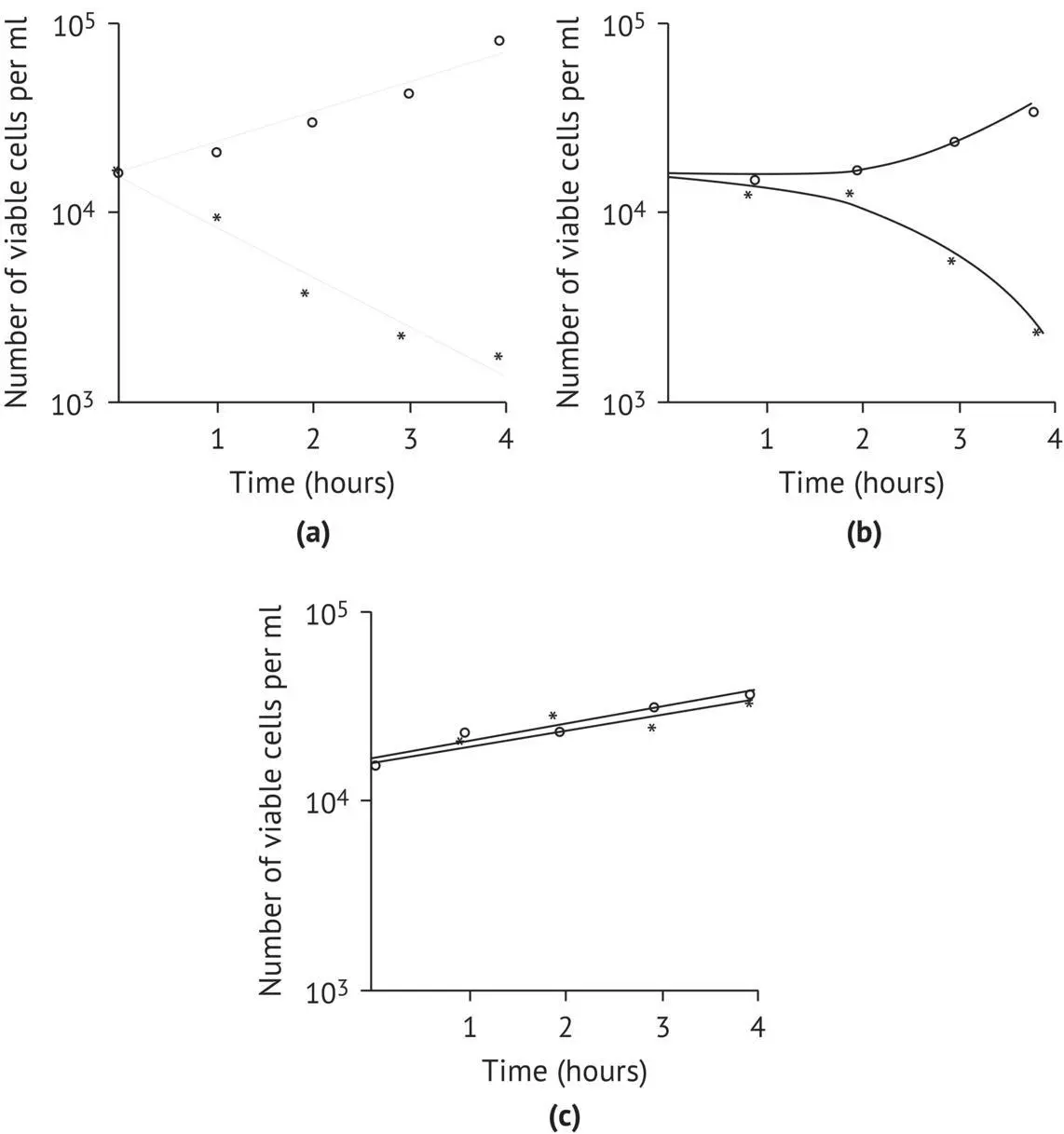
FIGURE 1.18 Yeast growth and survival curves in a grape juice medium containing killer toxin (Barre, 1992). (a) White juice at pH 3.4; cells in exponential growth phase introduced at t 0. (b) Same juice, cells in stationary phase introduced at t 0. (c) Red juice extracted by hot maceration, pH 3.4; cells in exponential growth phase introduced at t 0. *, 10% of an active supernatant of a K2 strain culture; o, 10% of supernatant inactivated by heating.
1.8 Classification of Yeast Species
1.8.1 General Remarks
As mentioned in the introduction to this chapter, yeasts constitute a vast group of single‐celled fungi that are taxonomically heterogeneous and very complex. Hansen's first classification at the beginning of the 20th century only distinguished between sporogenous and asporogenous yeasts. Since then, yeast taxonomy has been the subject of considerable research. This research has been gathered in successive works, thus progressively creating the classification known today. The previous enological textbook from the University of Bordeaux (Ribéreau‐Gayon et al ., 1975) was based on Lodder's (1970) classification. Between the last edition of that book and the previous classification (Lodder and Kregger‐Van Rij, 1952), the designation and classification of yeasts had already changed profoundly. In this book, we use the latest classification, given by Kurtzman et al . (2011), relying on the recent methods of molecular biology and genome analysis for the demarcation of species and genera.
Читать дальше
